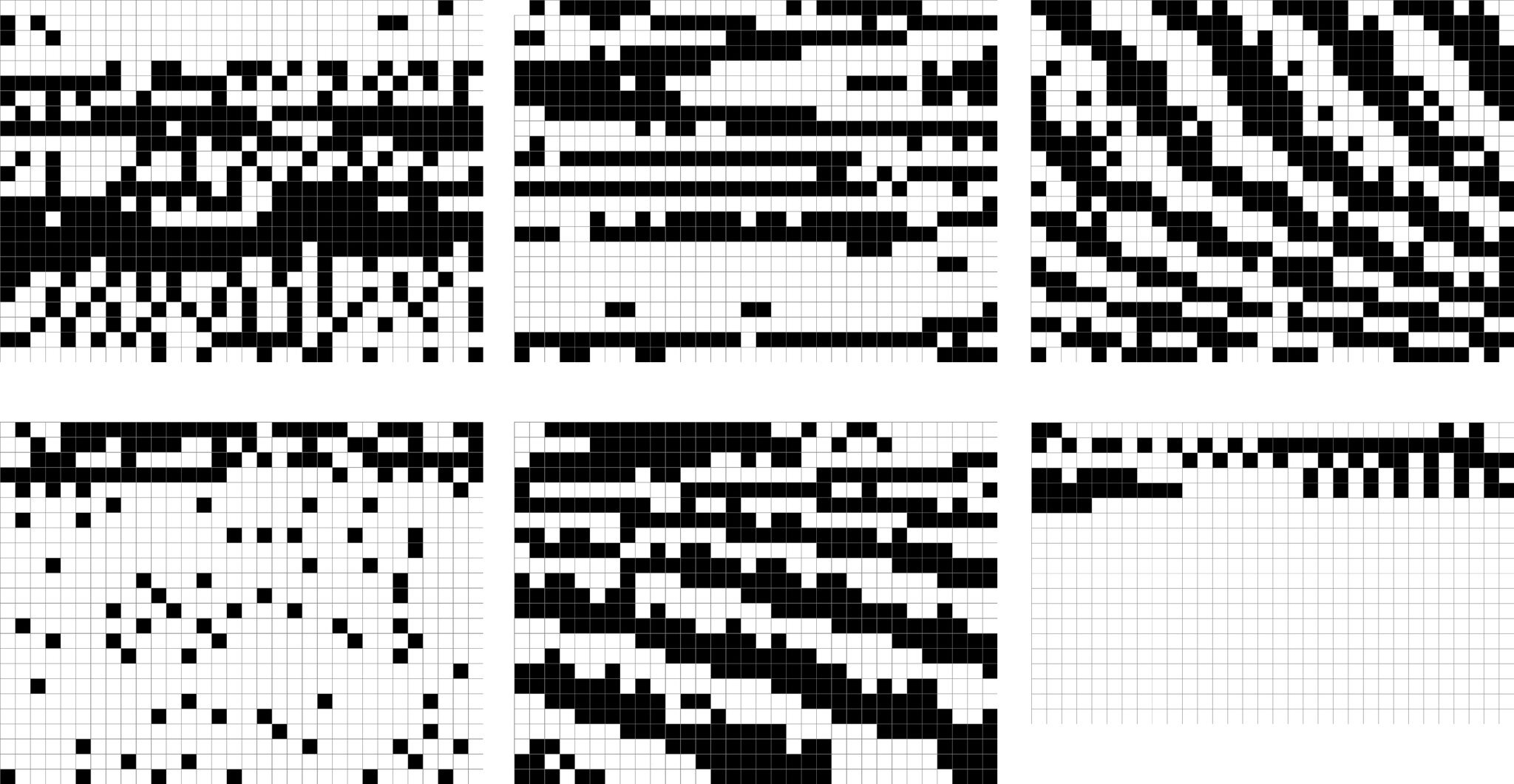Binary Knit
Part of the HearSay House networked project
Commissioned by the Reykjavík Arts Festival 2012
Commissioned by the Reykjavik Arts Festival 2012
Reykjavik Art Museum and Höfði House, Reykjavik
Opening performance Saturday, May 19, 4-6 PM
Exhibit runs through September 2, 2012
Conceived by: Nomeda & Gediminas Urbonas in collaboration with MIT 4.333: Jonathan Crisman, M. Ehsan Hoque, Nancy Kim, Cynthia Latortue, Yihyun Lim, Neha Narula, Nicholas Wilkes Polansky, Kelly Shaw; and the guest participation of Antoni Muntadas.
HearSay House is a system of operations that investigate, undermine, and subvert the grand narrative of history. The Höfði House is the location of the 1986 Reykjavik Summit meeting between US President Ronald Reagan and Soviet Union President Mikhail Gorbachev. The project focuses on the idea of false neutrality and Iceland’s role in ending the Cold War, while at the same time promoting a continued international engagement. Listening to the historic and political environment, the project deploys varied technologies to detect affect, breath, motion, pressure, acoustics, and other senses, which are translated into a series of operations that deconstruct the Höfði House and turn it into the HearSay House: a virtual sweatshop model with agents of Gorbachev and Reagan knitting the new Icelandic identity—a collective sweater—while watching a propaganda film archive.
The HearSay House research and exhibition project is produced in collaboration with students in the ACT course 4.333 Advanced Seminar in Networked Cultures and Participatory Media under the instruction of Gediminas Urbonas, with the assistance of Jonathan Crisman (MIT); as well as with the participation of Reykjavik based MIT alumnus Hannes Högni Vilhjálmsson; students at Reykjavik University (RU) and Reykjavik Arts Academy; Lorna Lab; Raflost; Reykjavik Municipality and researchers from MIT, RU, Rohde Island School of Design, and Harvard University: Leah Beuchley, Elín Carstensdóttir, Joseph Timothy Foley, Anais Missakian, Panagiotis Michalatos, Peter M. Moriarty, Dimitris Papanikolaou, Erik William Parr, Andrew Payne, Claudio Pedica, Travis Sheehan, and Gunnar Steinn Valgarðsson.
Special thanks to: Ragnheiður Eiríksdóttir, Tinna Grétarsdóttir, Hulda Hákonardóttir, and Ingi Þor Jónsson.
This project is possible through the support of the Office of the Dean at MIT School of Architecture + Planning, the Council for the Arts at MIT, the Department of Architecture at MIT, the MIT Program in Art, Culture and Technology, CADIA and Center of Computer Science at Reykjavik University, ISTEX, MÍR, MIT Museum Studio, and RiSD.
http://act.mit.edu/projects-and-events/events/projects/hearsay-house/
Binary Knit uses a knit capacitive touch sensor laid across the meeting table at the Hofdi House.
Participants are invited to sit in the chairs, and trigger their sensor end. The sensor signals are transmitted to a computer code, generating a binary black and white knitting pattern based on frequency, duration, etc of the triggered sensors.
These generated patterns are collected and displayed both in a gallery space and the virtual avatar world. At set intervals, knitting groups will be invited to the gallery space to knit the patterns. They will be seated at a meeting table, recreated from the one in the Hofdi House.
Seating pads for the two symbolic chairs at the Hofdi House were knitted with wool and capacitive thread to create a sensorized surface. Using micro controllers and Xbee connection, pressure/time data was collected from each seat. The data was translated into a ‘binary knit’ pattern, which was displayed on a screen for the local knitting community to knit in real-time.



















